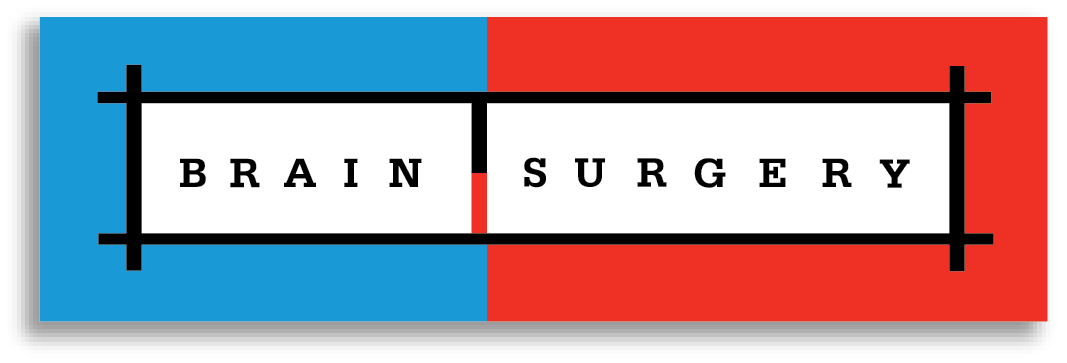Important Tenets of Neuroscience in Marketing
Marketing is all about influencing the decision-making process. However, to do that, marketing strategies must target key factors that affect the customer’s mindset when making these buying decisions, including risk, uncertainty, and gain. This is where a deep understanding of Neuroscience comes into play and can help marketers craft more effective marketing strategies by understanding how the brain processes and assigns value to information allowing for a clearer understanding of the customer’s mind. ¹𝄒²Prospect theory, developed by Daniel Kahneman and Amos Tversky, remains after four decades the prevailing behavioral and neuroeconomic model of decision-making. ¹𝄒³ By calculating both the objective and subjective valuations of uncertainty, risk, and gain and how these perceived probabilities of loss and reward are pitted against each other, more accurate predictions of choice and decision are made possible. Importantly, ‘subjective valuation’ or emotions, magnify or minimize the perception of risk, uncertainty and gain independent of true probabilities. Importantly, this subjective valuation is as valid and central to our decision-making process as are the cold hard facts. ¹𝄒⁴𝄒⁵People are more likely to take risks when the perceived rewards are high, and less likely to take risks when the perceived rewards are low regardless of the true quantitative risks/rewards ratio. ¹𝄒⁶𝄒⁷ This means that highlighting the benefits and potential rewards of a product over the competition is only the beginning. It is necessary to understand the subjective value assigned to the product/service connect it to the customer’s lived experience and highlight unique features and benefits of the offering that reduce the perceived level of uncertainty and risk while elevating the perceived probability of gain. ¹Another key aspect of Prospect Theory is the concept of "framing", which refers to the way in which people interpret information given the current situation they are operating within. Framing a product as a "luxury" item to a customer who believes they are in a state of austerity could minimize the gain by emphasizing the risk of higher cost. However, if the same offering were framed in terms of the sustainability or certainty of return/gain the subjective valuation of that product or service will increase. ¹𝄒⁸𝄒⁹In order to implement the key learnings from Prospect Theory into effective marketing strategies, the language used to present the product must be considered. The language and lexicon used can activate customer information processing in a positive or negative way. Understanding and using the customer’s language and their contextual frame of reference is critical to appeal to the right emotions and guide the decision-making process toward your brand over the competition. ¹Overall, understanding the principles of Neuroscience and how they apply to the human brain can be incredibly valuable in crafting a compelling and effective marketing strategy and help ensure your execution will make an impact. By highlighting the potential rewards of choosing your product or service, and carefully considering the way in which you present it, you can improve your chances of success in the competitive world of marketing. Brain Surgery Worldwide, Inc. is the world’s leading Marketing Neuroscience consultancy providing predictive emotion-based behavior insights. Brain Surgery has worked on over 450 brands in 29 countries and uncovers the “Often-Unspoken Emotional Priorities” that guide more than 85% of all decisions.References
Kahneman, D., & Tversky, A. (1973). On the psychology of prediction. Psychological review, 80(4), 237.
Boureau, Y. L., Sokol-Hessner, P., & Daw, N. D. (2015). Deciding how to decide: Self-control and meta-decision making. Trends in cognitive sciences, 19(11), 700-710.
Dennison, J. B., Sazhin, D., & Smith, D. V. (2022). Decision neuroscience and neuroeconomics: Recent progress and ongoing challenges. Wiley Interdisciplinary Reviews: Cognitive Science, 13(3), e1589.
Caplin, A., & Dean, M. (2008). Dopamine, reward prediction error, and economics. The Quarterly Journal of Economics, 123(2), 663-701
Tavares, G., Perona, P., & Rangel, A. (2017). The attentional drift diffusion model of simple perceptual decision-making. Frontiers in neuroscience, 11, 468
Levy, I., Snell, J., Nelson, A. J., Rustichini, A., & Glimcher, P. W. (2010). Neural representation of subjective value under risk and ambiguity. Journal of neurophysiology, 103(2), 1036-1047.
Jäger, D. T., Boltzmann, M., Rollnik, J. D., & Rüsseler, J. (2020). Expected valence predicts choice in a recurrent decision task. Frontiers in neuroscience, 14, 580970.
Chang, H. H., & Tuan Pham, M. (2013). Affect as a decision-making system of the present. Journal of consumer research, 40(1), 42-63.
Chammat, M., Karoui, I. E., Allali, S., Hagège, J., Lehongre, K., Hasboun, D., ... & Naccache, L. (2017). Cognitive dissonance resolution depends on episodic memory. Scientific reports, 7(1), 1-10.


